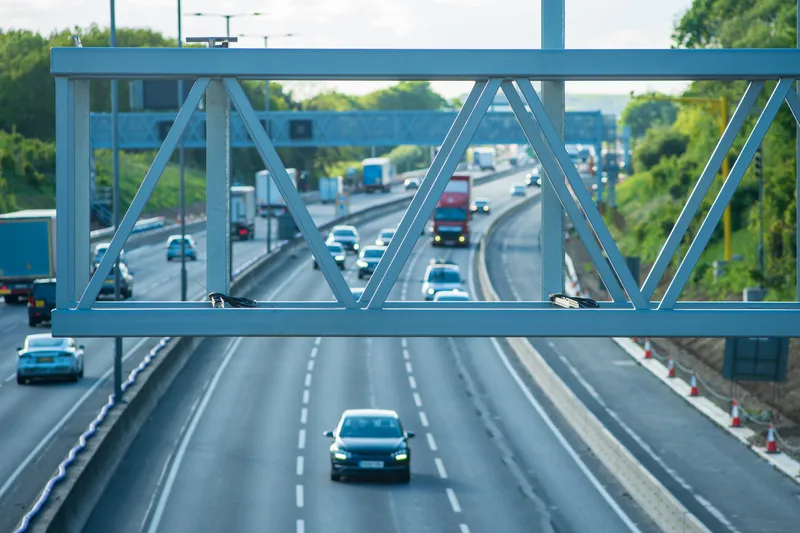Motorway lighting along a section of the M6 in Lancashire in the UK will be switched off between midnight and 5am in a move to reduce energy costs, carbon emissions, and light pollution, the
This stretch of the motorway has a good safety record and a low traffic flow between midnight and 5am which is why it has been chosen as the latest site for the Highways Agency's national programme of switch-offs.
Targeted switch-offs have been successfully delivered in other parts of the country including along stretches of the motorway network in Kent, Berkshire, Hampshire, Devon and Avon and Somerset.
"This is the seventh site in England and we expect it to work as successfully as everywhere else, achieving up to a 40 per cent saving in carbon emissions and energy use as well as giving local communities reduced light pollution of the night sky,” said Andy Withington, the Highways Agency's performance manager for south Lancashire.
Timing devices at the roadside will control when the lights switch off and on again. The Highways Agency's Regional Control Centre near Junction 23 of the M6 at Newton-le-Willows, can override the mechanism if needed.










